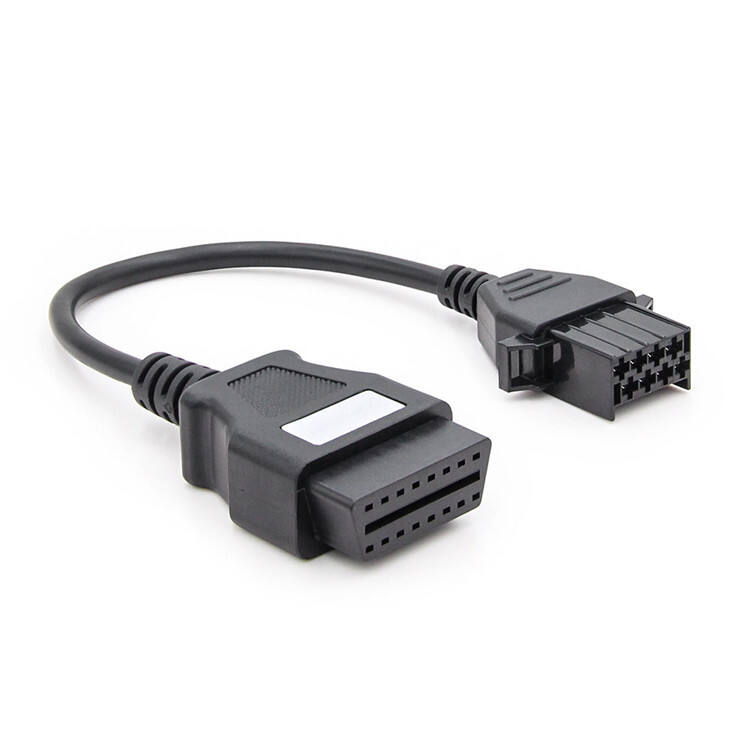obd2 connector
The OBD2 connector, also known as the On-Board Diagnostics II port, represents a standardized diagnostic interface that has revolutionized vehicle maintenance and troubleshooting since its mandatory implementation in 1996. This universal 16-pin connector serves as a critical gateway to a vehicle's computer system, enabling direct access to vital diagnostic information about engine performance, emissions systems, and various vehicle subsystems. Located typically under the dashboard on the driver's side, the OBD2 connector facilitates real-time monitoring of vehicle parameters, retrieval of diagnostic trouble codes (DTCs), and comprehensive vehicle health assessment. The connector's standardized protocol ensures compatibility across different vehicle manufacturers, making it an essential tool for mechanics, vehicle owners, and emission testing facilities. Through this interface, users can access critical data such as engine RPM, vehicle speed, fuel system status, and oxygen sensor readings, providing invaluable insights into vehicle performance and potential issues before they become serious problems. The OBD2 connector's technological capabilities extend beyond basic diagnostics, supporting advanced features like performance monitoring, fuel efficiency tracking, and emissions compliance verification, making it an indispensable component in modern vehicle maintenance and diagnostics.
